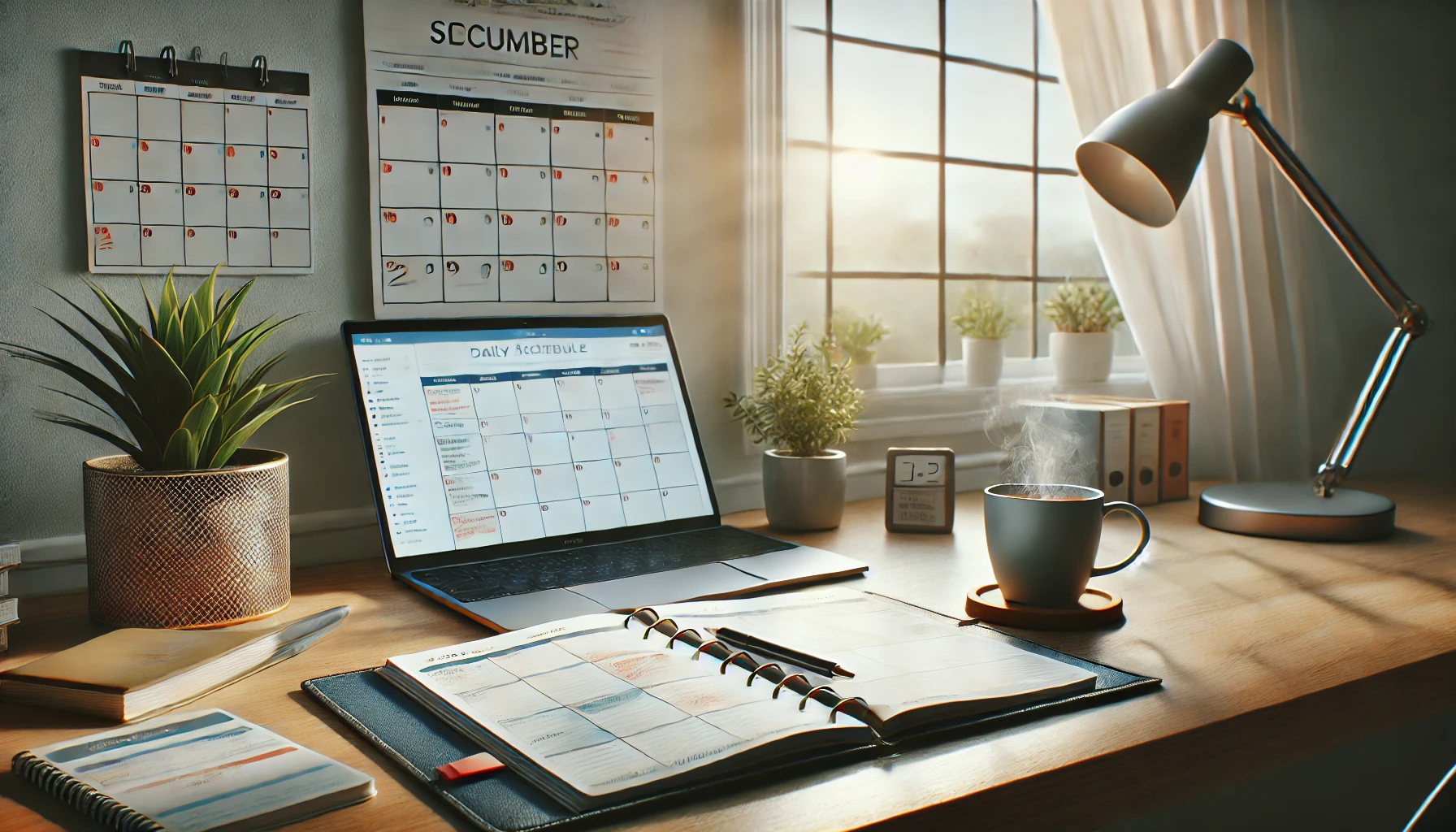Creating a daily routine isn’t just about structure—it’s about building a life that aligns with your goals, energy, and priorities. A well-designed routine doesn’t feel like a trap. Instead, it frees your mind from decision fatigue, keeps you focused, and helps you live intentionally.
In this article, we’ll walk through practical steps to build a daily routine that works for you, not against you.
Understand Why You Need a Routine
Before you create one, ask yourself: Why do I want a daily routine?
Some common goals include:
- Improving productivity
- Reducing stress
- Building better habits
- Creating time for things that matter
- Feeling more in control of your life
Once you’re clear on your why, it becomes easier to commit and tailor your routine to your needs.
Step 1: Start with Your Priorities
Think about your life as a series of buckets—work, health, relationships, learning, rest. Which ones matter most right now?
List 3–5 priorities you want to make time for each day. This might include:
- Focused work time
- Physical movement
- Mindfulness
- Family time
- Creative projects
Your routine should reflect what you value, not what others expect from you.
Step 2: Assess Your Energy Levels
We all have natural energy rhythms. Some people are morning birds, others hit their stride in the evening.
Ask yourself:
- When do I feel most focused?
- When does my energy dip?
- When do I feel most creative?
Schedule your most demanding tasks during your peak hours, and save lighter, easier activities for when your energy is lower.
Step 3: Design Your Ideal Day (But Keep It Flexible)
Using your priorities and energy rhythms, sketch a sample day:
- Morning: Wake up, movement, breakfast, planning
- Late morning: Deep work or high-focus tasks
- Afternoon: Meetings, admin work, light tasks
- Evening: Exercise, relax, hobbies, social time
- Night: Wind-down routine, light reading, sleep
It doesn’t have to be rigid—leave space for flexibility and unexpected events. The goal is structure, not suffocation.
Step 4: Use Time Blocks
Instead of micromanaging every minute, try time blocking. Divide your day into focused periods (blocks) dedicated to specific activities.
For example:
- 8:00–10:00 AM: Deep work
- 10:00–10:30 AM: Break
- 10:30–12:00 PM: Creative tasks
- 1:00–2:00 PM: Admin or communication
- 4:00–5:00 PM: Exercise or learning
This helps you stay on track without the pressure of watching the clock every five minutes.
Step 5: Include Margin Time
One major reason routines fail is that they’re too packed. Leave room for breaks, transitions, and real life. Life doesn’t run on a tight script—your routine shouldn’t either.
Add “buffer” time between tasks to reset, hydrate, breathe, or simply relax.
Step 6: Build Keystone Habits
Keystone habits are small routines that trigger other positive behaviors. Examples include:
- Making your bed (leads to a tidy mindset)
- Planning your day in the morning
- A short walk after lunch
- Journaling before sleep
These habits build momentum, and one good choice often leads to another.
Step 7: Evaluate and Adjust
No routine is perfect from day one. At the end of each week, reflect:
- What worked well?
- Where did I feel rushed or drained?
- What needs more time or less pressure?
Tweak your schedule based on what your life actually looks like—not an idealized version of it.
Step 8: Protect Your Routine
Routines only work if you protect the time you’ve carved out. That means:
- Saying no to unnecessary commitments
- Setting clear boundaries (especially if working from home)
- Using tools to block distractions
- Communicating your schedule to those around you
Your time is valuable. Treat it like a priority.
Step 9: Start Small and Build Up
If you try to change everything at once, it’s easy to burn out. Start with just a morning or evening routine. Once that’s solid, expand gradually.
Habits compound. Even a 1% improvement each day adds up to big change over time.
Final Thoughts: Design a Day That Supports the Life You Want
Your daily routine is your life in miniature. What you do today shapes your tomorrow.
Build a rhythm that honors your goals, your energy, and your joy. Don’t aim for perfection—aim for consistency. Over time, the small systems you create will transform the way you live, work, and feel.

Daniel Carter believes that small daily changes lead to extraordinary results. Through simple and effective strategies, he inspires readers to take control of their routines, overcome procrastination, and unlock their full potential.











